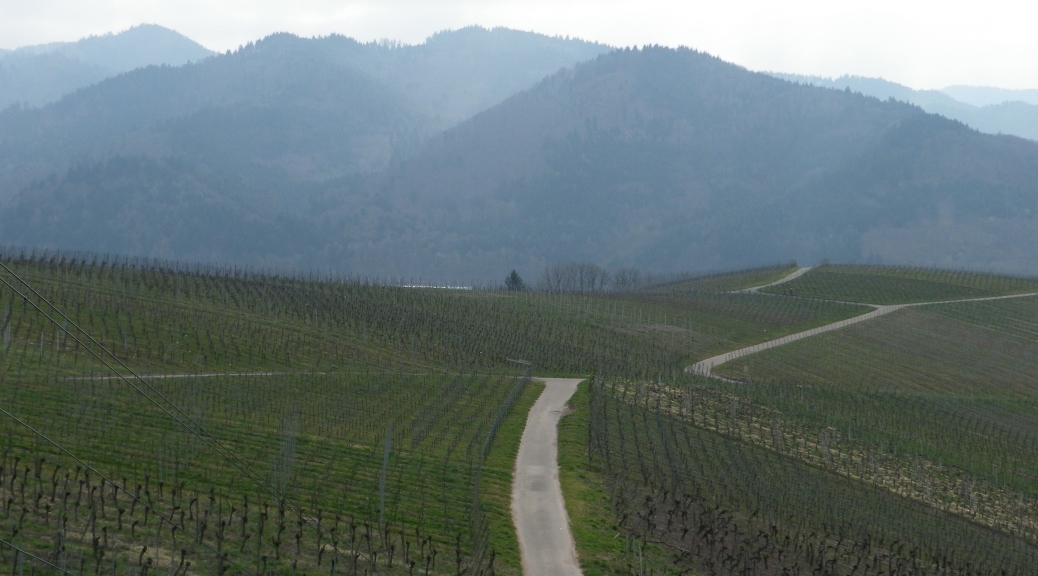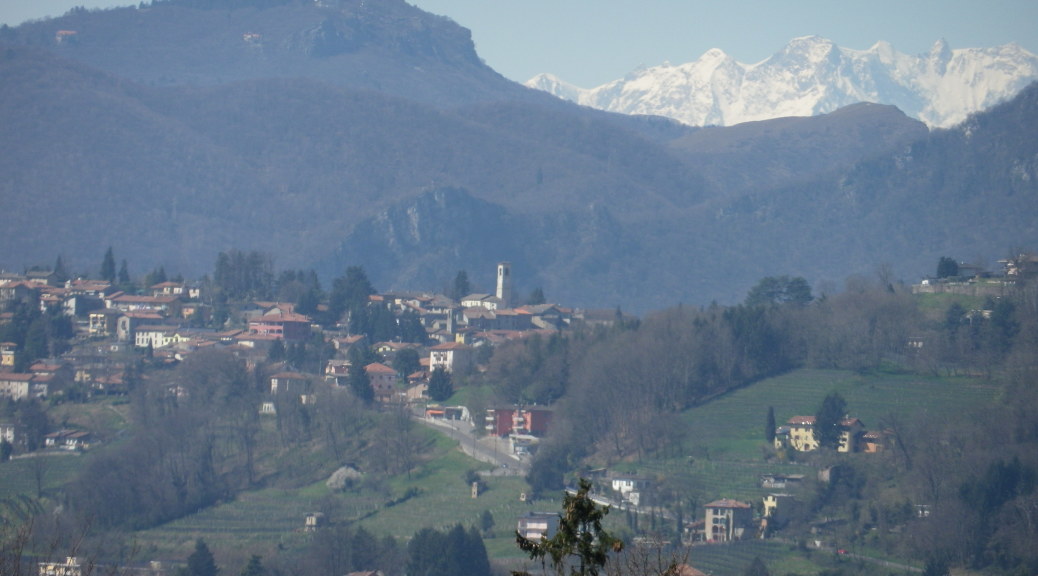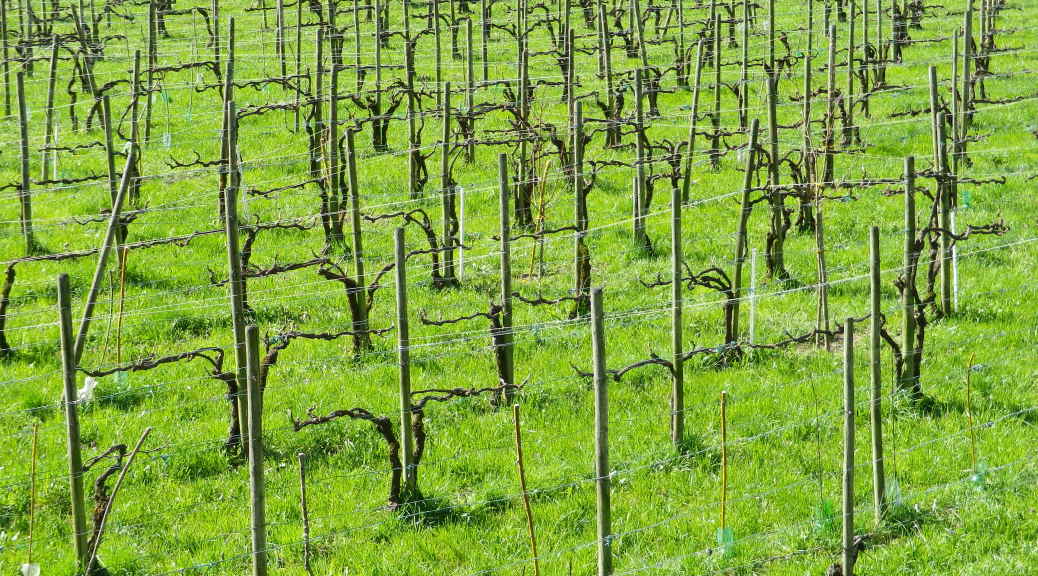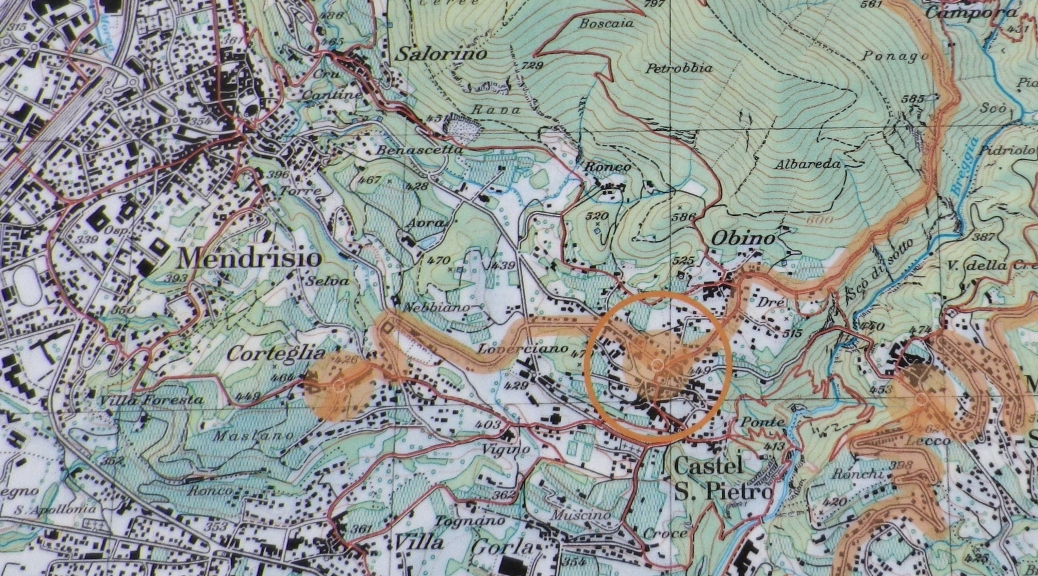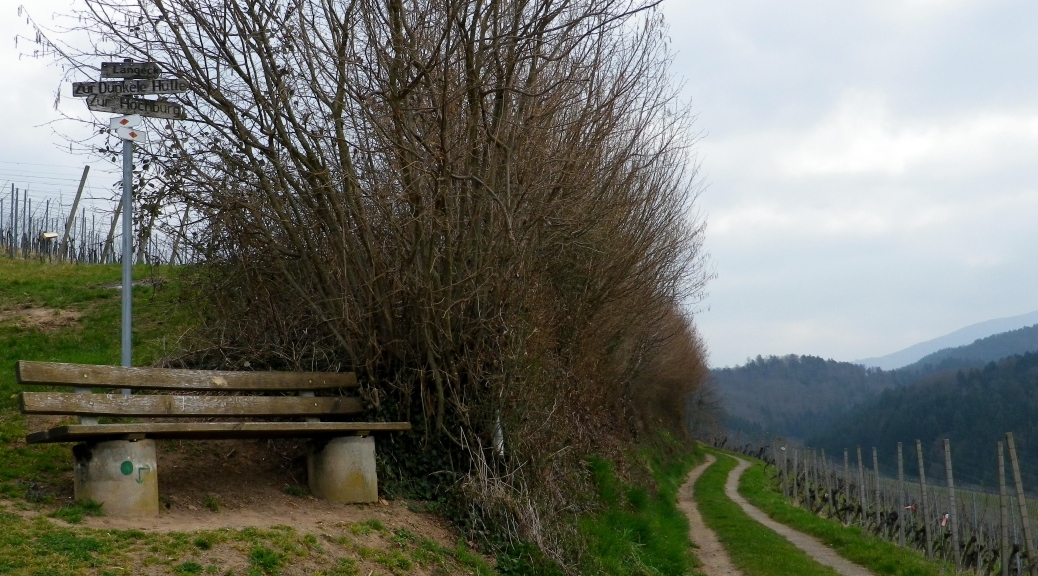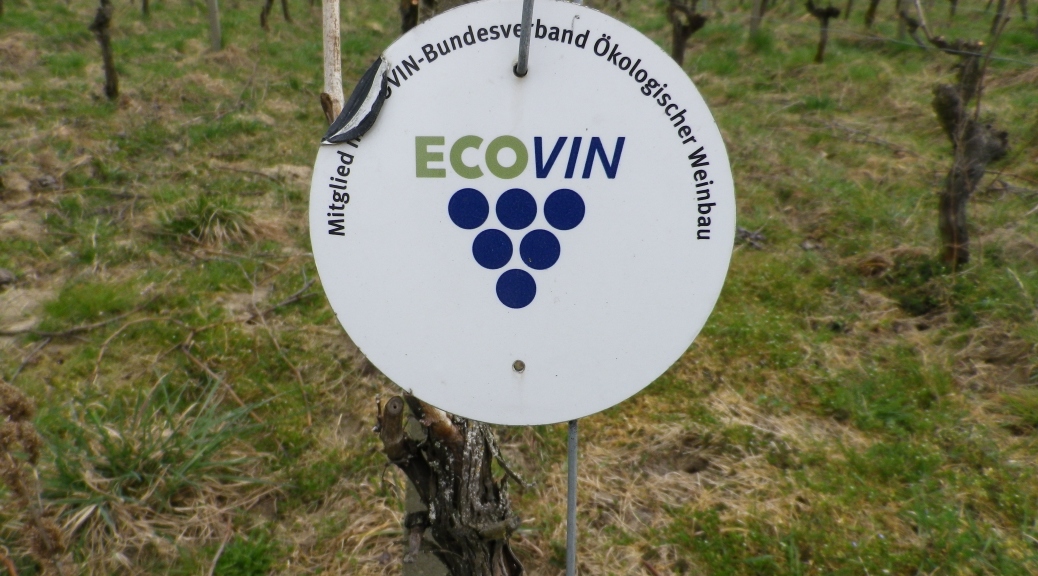Monthly Archives: April 2015
Ticino: What I Found Instead
In my search in Italy for a DOC wine producing region around Lake Como, Lake Maggiore or Lake Lugano, I found nothing. Instead, I made a great find just over the border in Switzerland: delicious wines from the southern-most part of the Ticino, complemented with great food, and well-laid-out vineyard trails.
The Ticino is Italianate Switzerland, with similar weather and feel to it. It is set in a small piece of land which is roughly bounded by Lake Como, Lake Lugano, and Lake Maggiore. The beautiful lakes are surrounded by mountains which range away in ridges from the lakes in ever increasing heights, ending in snow-capped peaks. This hike began by the lowest ridge, which is also where the vines begin.
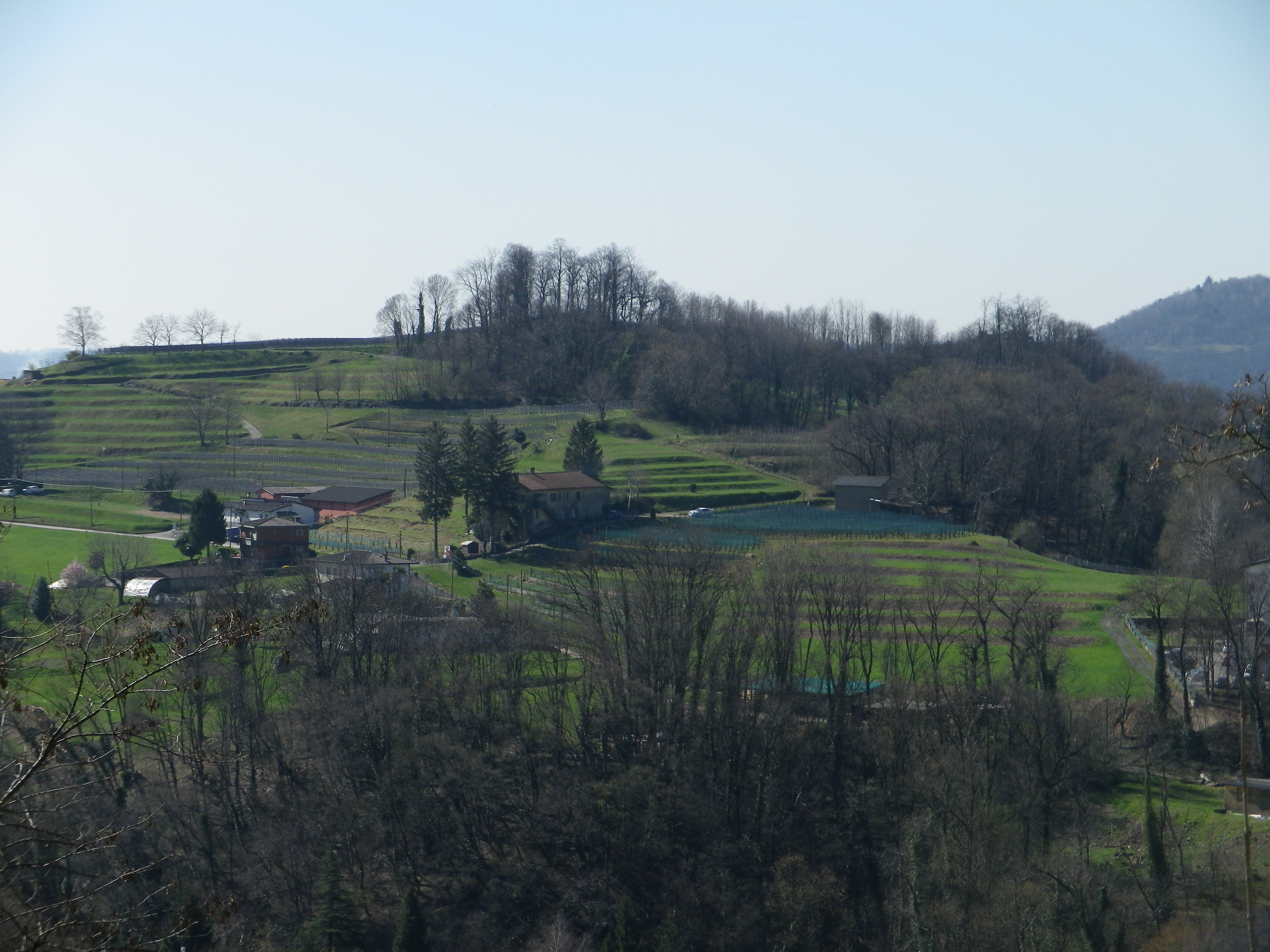
Wine Notes: Switzerland’s Ticino
What I Learned:
The Ticino canton ranks as the fourth most important wine growing canton in Switzerland. Wine production in this area can be dated to the Roman era. Some of the older varietals formerly grown in this area, such as the Freisa, Paganona, and Rossera, were devastated by the phylloxera parasite which arrived in the Ticino around 1893.
This area is now famed for its Merlot grapes. These were primarily introduced at the beginning of last century, after, and in response to, the phylloxera epidemic. They are grown in about 1000 hectares of this canton. Merlot buds rather later in the spring compared to some other varietals, and its harvest in this area occurs at the end of September or beginning of October. From these grapes, its vintners produce a red wine version, aged in oak or steel, and a unique white wine version. Look for “Merlot Vinificato in Bianco.” Approximately 85% of all wine production in this canton is Merlot.
Itinerari Tra I Vigneti 1 – Trail in a Nutshell
Trail Name: Itinerari Tra I Vigneti 1 (Through the Vineyards 1)
Trail Type: medium distance circuit; on asphalt in urban areas, or hard packed gravel otherwise, with a few stairs or risers in the steep areas; well maintained, and well-marked.
Length: total: 12.5 km/7.8 miles
Convenient to: Chiasso or Lugano, Switzerland; or Como, Italy
Marking: A florescent green triangle on a square purple background, with stylized white grapes in the corner. Alternatively, the same stylized grapes but in purple, on an arrow-shaped yellow marker displaying a hiker. Note: While the green triangle could indicate a mountain-bike route, I noted that following it in the absence of the yellow marker, still kept me on track with my navigation device.
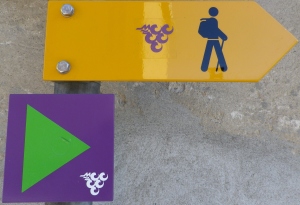
Continue reading Itinerari Tra I Vigneti 1 – Trail in a Nutshell
Breisgauer Weinweg: Yes I Can!
I had to laugh at the dog. Just yards from the start of this 99.1 kilometer wine trail (my longest yet), the trail inclined dizzyingly, twisting up and away from Freiburg’s historic old center. Yet a little dog, not much bigger than a cat really, trotted past me, his tiny jacket proclaiming “Yes I can.”
A bit further along this trail, I came across a group of preschoolers on an outing: each one bearing a backpack no less than a third his size. Thus inspired, I thought: I can do this entire trail, in spite of the several challenges it presented.
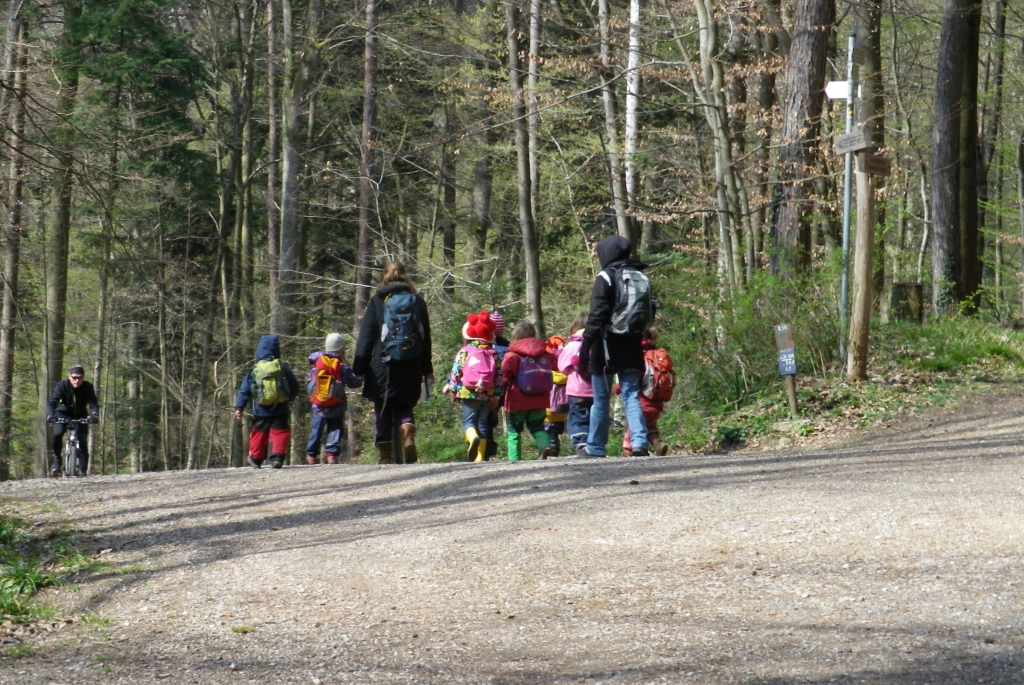
Wine Notes: Baden’s Breisgau District
What I Learned:
The Breisgau area of the Baden Region of Germany has some unique topography, both natural and manmade. From the plain, you see ridgeline after ridgeline, each rising higher as it moves away from the Rhine, and toward the upper reaches of the Black Forest to the east.
The vine-covered hills, usually on the first or second ridgelines after the plain, tend to be small, but steep. Man has worked around this by terracing many of them over time. This terracing provides plenty of opportunity to notice the primarily loess and sandy soils that predominate in this area.
